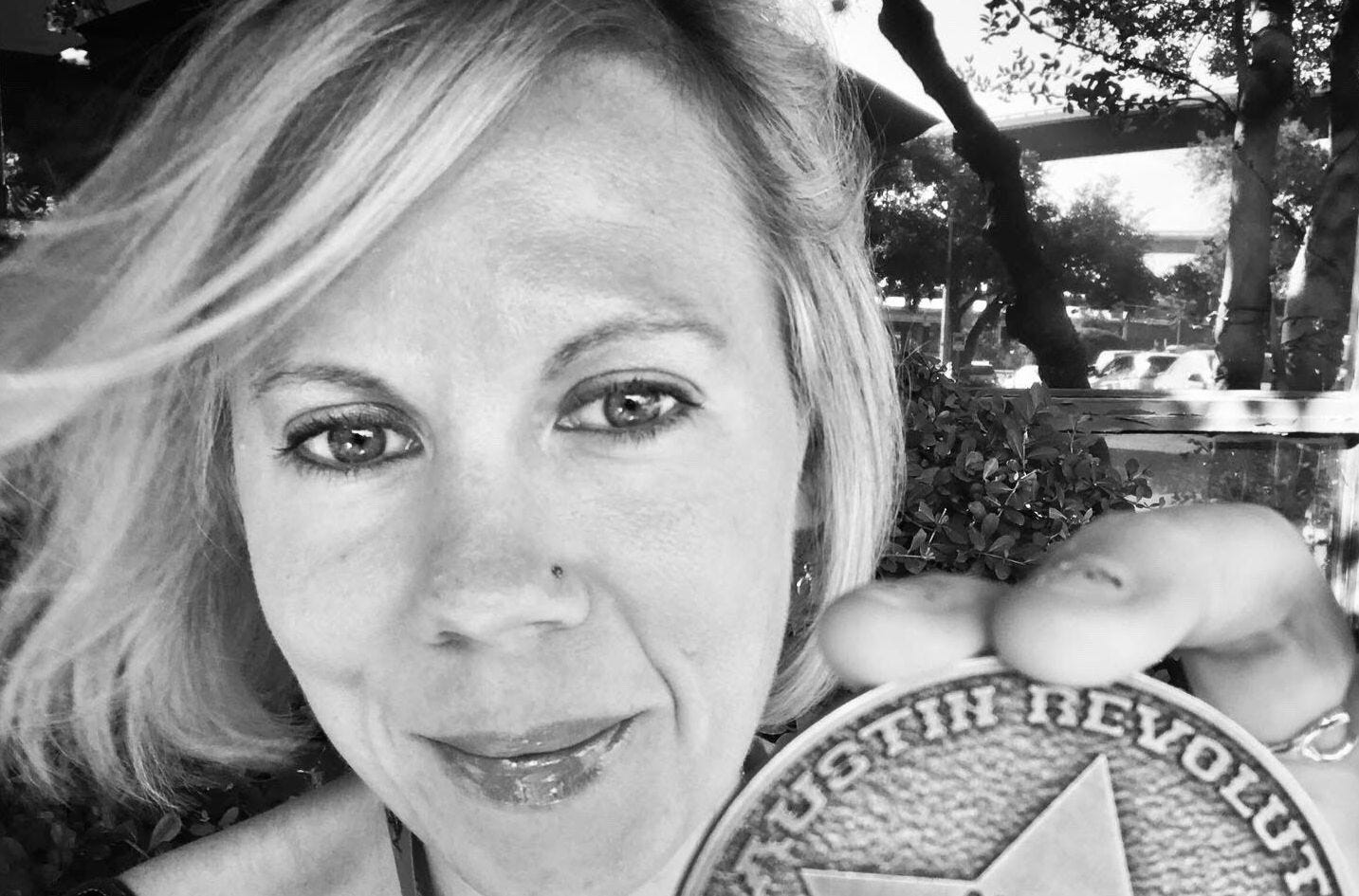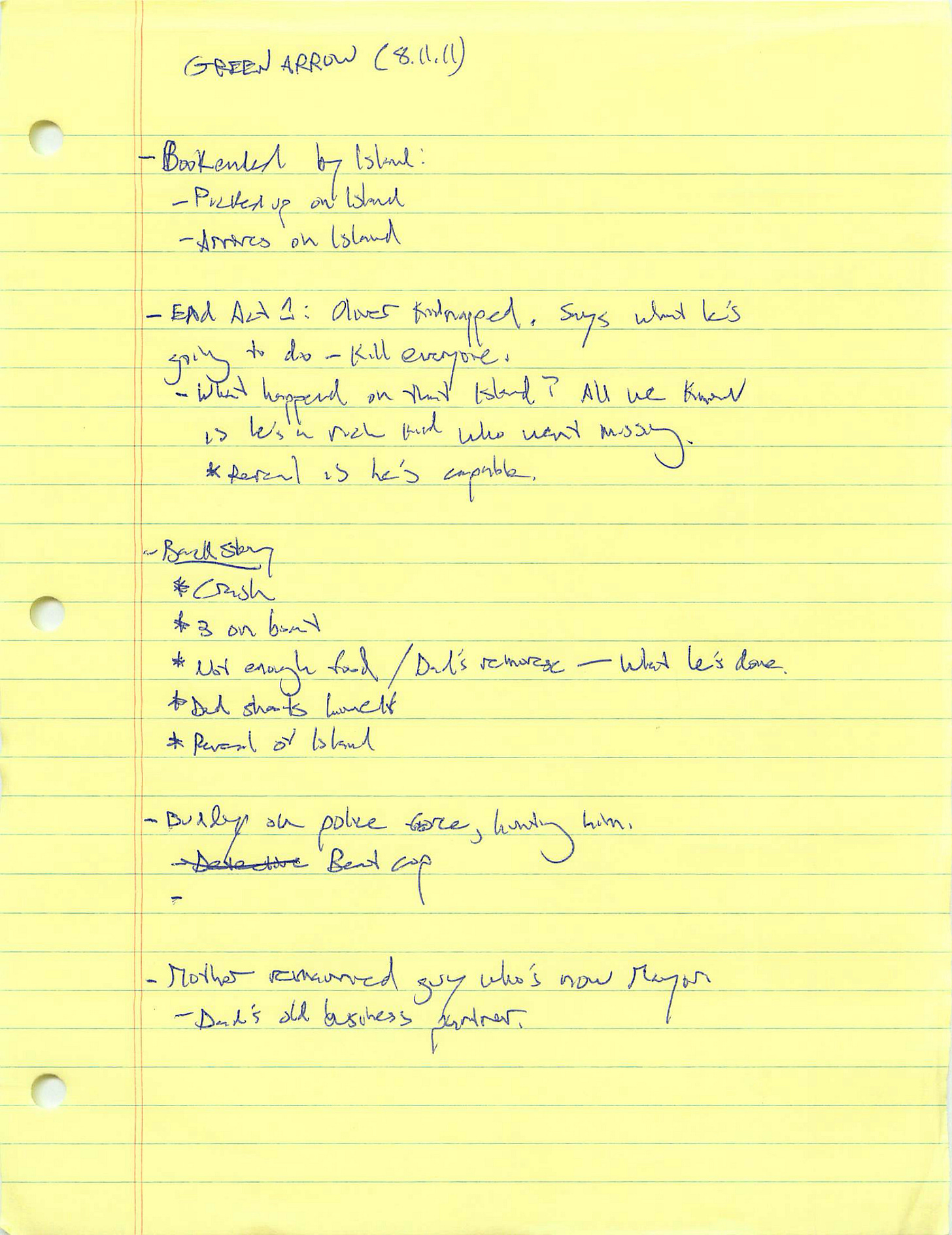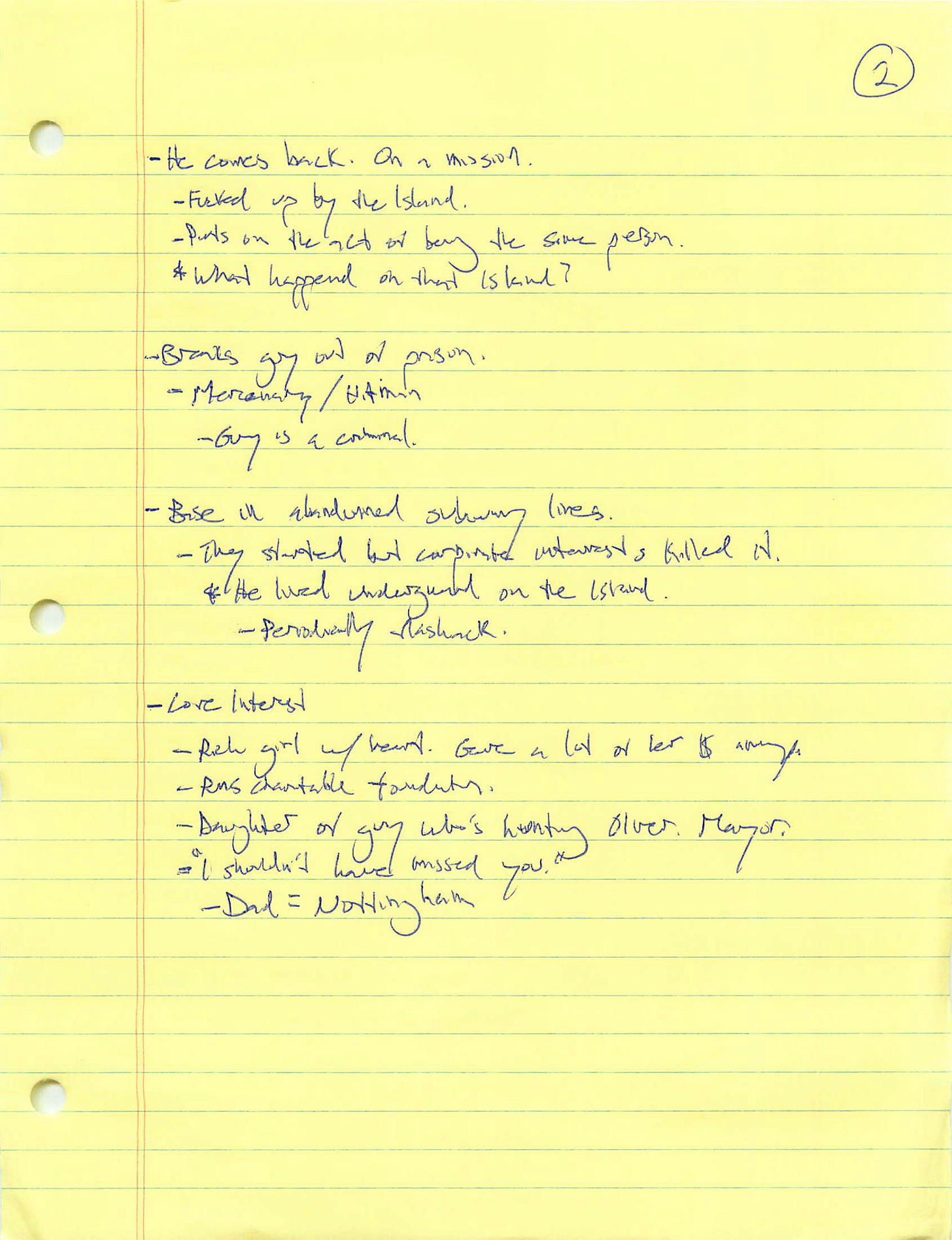Howdy.
Welcome back to LegalDispatch. I’m trying to get myself back on a every-Friday cadence.
SHOOTING MY MOUTH OFF
Welcome to what, I fear, is going to be a regular feature of this newsletter, an amalgam of the various public comments and quotes I’ve given over the course of the week. With my novel, In Any Lifetime, arriving in August — much more on this below — I’m being even more chatty and talkative than usual (which is saying something) as I try to get the word out about the book and my writing.
Here are the folks I chatted to this week:
THE SUCCESSFUL SCREENWRITER PODCAST — This was a fun interview to do. We covered a heck of a lot of ground. Give it a listen here.
THE ANKLER — “Showrunning 2024: Personal Brand Building is Now Part of the Gig.” Unfortunately, this is paywalled, but if you’re a subscriber, you can read it here.
5 AM STORY TALK — My friend Cole Haddon is back with another “choral” article, chatting with a multitude of creatives. This time, the topic is: “How to Escape the Box You've Become Trapped in as an Artist.” Definitely worth checking out. Read it here.
EVEN MY ASSISTANT IS GIVING INTERVIEWS
I’m so excited to share the news that my long-time, part-time, long-suffering assistant, C.M. Landrus, is Filmmatic’s Inroads Fellowship-Season 7 winner for her one-hour TV pilot, Credence. I’ve read it and it’s brilliant — a terrific example both of C.M.’s talent and how to write a compelling writing sample.

She spoke to Filmmatic about her script and her work and I commend her remarks to your attention. Please check them out here.
IN ANY LIFETIME (UPDATE)
The days continue to whip past, unrelentingly counting down to the release of In Any Lifetime on August 1.
I’m excited to say that the audiobook version is finished — it’ll be available on Audible.com — on release day.
We’re also in the midst of planning two rather cool launch events in Los Angeles and Manhatta. Standby for more.
Chantelle Aimée Osman, the Amazon Publishing editor who bought IAL and has been its most ardent champion from jump, had this to say about the book:
Some go to the ends of the earth for love, but one man will go to the ends of the universe. In Any Lifetime is what would happen if Michael Crichton had written The Time Traveler’s Wife.
When Jonas, a physicist, loses his pregnant wife, Amanda, he puts what had been only theories—until now—into practice, and sets off to find a universe where she is still alive. The odds are against him, because the universe actually seems to believe in destiny, which means there is only one universe out of billions where Amanda still lives. Now, Jonas has to fight not only against fate, but also against alternate versions of himself and the doubts in his own heart to find out whether it’s possible to love someone too much.
I could not read this fast enough, eager to experience Guggenheim’s just-slightly-different versions of our world, and found myself screaming in frustration along with Jonas when he discovered yet another world where Amanda didn’t exist, then crying happy tears while reliving their love story. I hope all versions of you enjoy this spellbinding book that proves that the laws of physics are no match for love.
Thank you, Chantelle.
IN ANY LIFETIME (ORIGINS)
By the time IAL is published, I’ll have been working on the story, in one form or another, for over 10 years. For funsies, I dug back into my hard drive to excavate my very first set of notes for the project which, at the time, I was calling “Infinitum.” It’s shocking to me how many of these embryonic scenes ended up in the finished manuscript. Accordingly, you should consider yourself spoiler-alerted.
The biggest shock for me, however, is how much my handwriting has apparently degraded over the past 10 years (having not been so good to begin with).
A HUMBLE REQUEST
Pre-orders have become a HUGE thing in the publishing world. Those pre-release orders are instantly added to the book’s Day One sales, which drives bestseller lists and algorithms. It’s no exaggeration to say that a book’s fortunes (or lack thereof) are determined more by the months leading up to publication than the month of publication.
I know many of you have already pre-ordered In Any Lifetime and I’m immensely grateful. But if you haven’t yet pre-ordered, I would consider it a huge favor if you did so by clicking here.
Audiobooks count too, so you can pre-order the audiobook if that’s your jam.
If you pre-order and just can’t get to reading or listening to the book — or if the book just isn’t to your liking — email me at marc@marcguggenheim.com and I’ll refund your money in full. That’s not a bad deal, right?
If you’re still not sold, check out this photo of the two daughters I have to put through college.
Kidding. If you’re still not sold, you can check out a copy of the first chapter online by clicking here.
My sincerest thanks.
FROM THE VAULT
Pulling out my original notes for In Any Lifetime had me thinking about the notes I took from my first (or one of my first) meeting with Greg Berlanti to discuss what would eventually become Arrow. Check ‘em out:
I hereby retract my earlier comment about my handwriting ever having been good.
A BIT ABOUT PROCESS
As you can see from the above examples, everything I work on, in any medium, starts out the same way: With me writing long-hand. I used to do it on the kinds of yellow pads you see above. I’d store them in a three-ring binder (hence the hole-punches) to hold them until I got around to scanning them.
Today, my process is exactly the same, but for the fact that I now take all my long-hand notes on my iPad with an Apple Pencil in a notebook app. (I like Noteshelf as it syncs with all my Apple devices.)
These notes are usually pretty stream of consciousness — typically much more than in the above examples. I often remark that to the untrained eye (that can read my handwriting), they come off like the ravings of a madman with questions and arrows and diagrams. The notes are basically me having a dialogue with myself, treating my brain like a writers room of one.
Despite the aforementioned three-ring binder and scanning and whatnot, you’d be surprised at how rarely I actually refer to these notes. For me, writing long-hand is just a way to prompt ideas and organize thoughts. I find I rarely need to go back to these notes because the good ideas — for me, at least — are sticky and memorable.
The next step for me is to take these embryonic notes and thoughts and organize them a bit more formally. This, I do in a Microsoft Word file. Writing long-hand is jettisoned in favor of typing and the ability to cut and paste in order to better organize everything.
Once that’s done, the document forms the foundation for whatever the work product is, be it an outline, pitch, script, etc.
Be good to each other.
Best,
Marc
Encino, California
6.21.24
COMING ATTRACTIONS
GREEN LANTERN #13 (7.10.24)
IN ANY LIFETIME Novel (8.1.24)
BEWARE THE PLANET OF THE APES TRADE PAPERBACK (8.13.24)
GREEN LANTERN #14 (8.14.24)
FAN EXPO CANADA (August 22-25, Toronto, Canada)
FAN EXPO SAN FRANCISCO (November 29-December 1, San Francisco CA)









Fascinating to see those notes! I have a similar process, and handwriting of simular quality... The novel I'm working on the pitch for at the moment started when I was 10. 11 years later, many ideas have survived and improved, but my handw is another matter!
Thanks for the gift, insight and inspiration regarding the importance of 11 years of words that can define the character and characters, plot and plots of your/any book. Like in sport, every shot counts. Every.
P.S.: Marc, you are not a chatterer.